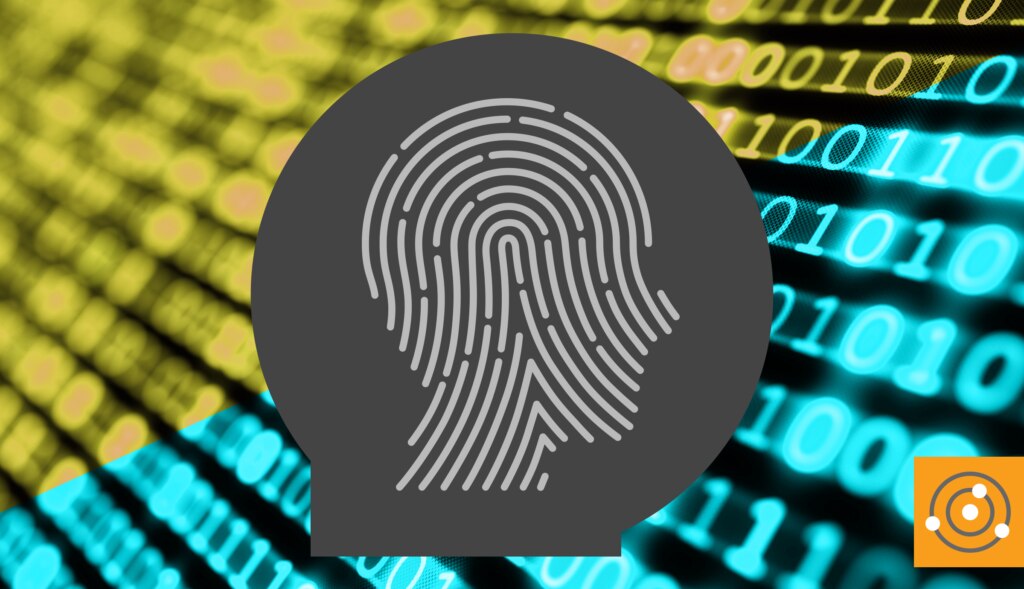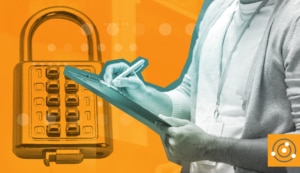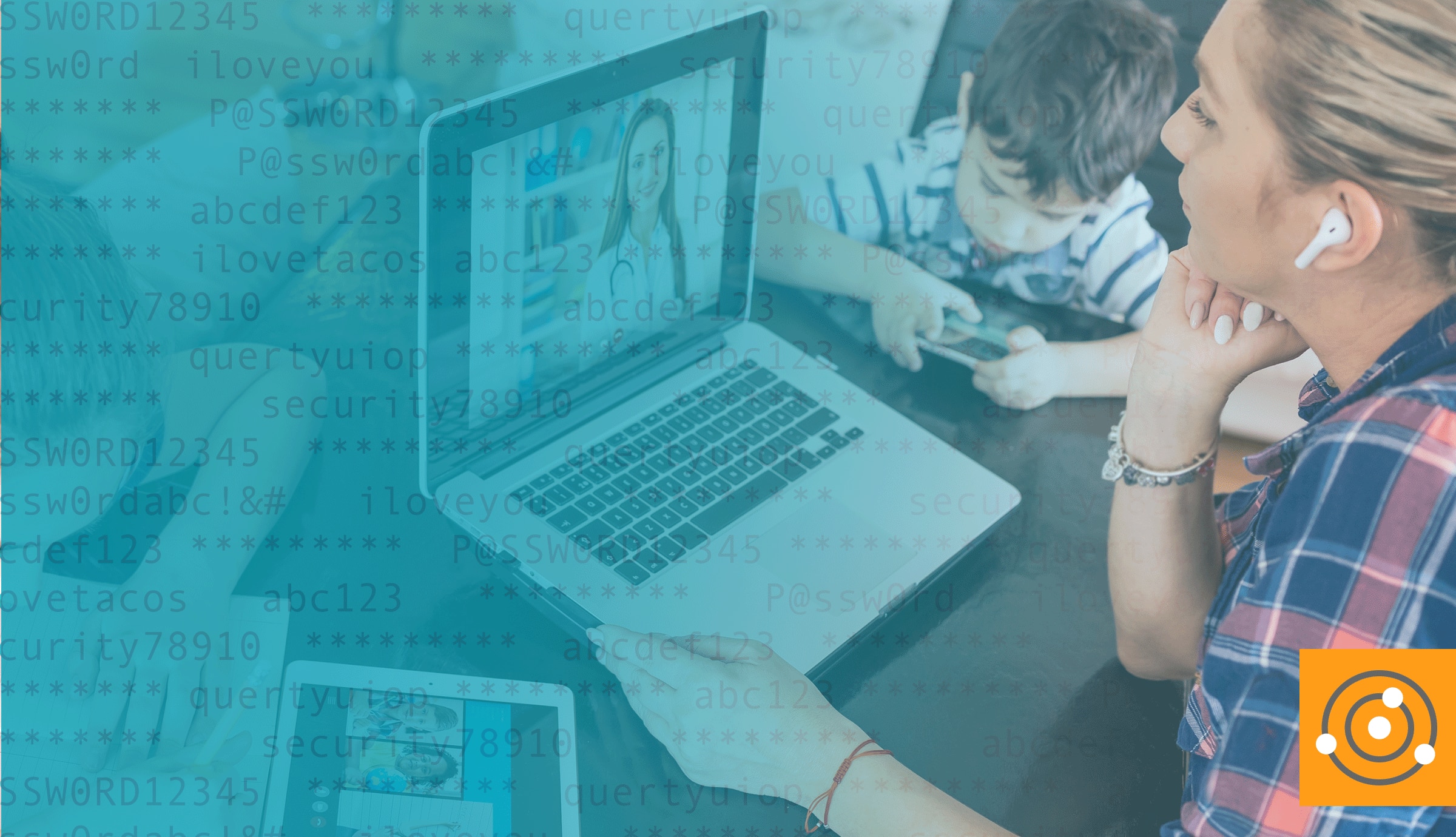Protecting your identity is becoming more and more difficult. Though many people don’t stop to consider it, even the most minor conveniences can go hand in hand with an incredible amount of privacy loss. For example, Amazon recently
debuted new hand scanners in stores in Seattle where you can scan your palm to make a purchase. Even though you gain the convenience of being able to make a contactless payment, the company using this software now has personal information about you they may or may not even be using. Innovations in technology often go to market before their privacy implications are clear. Companies can use or sell your data for market research, for instance, but are at least required to send you privacy notices. In general, you should assume they only protect as much as they’re required to by law and not necessarily what you’d like them to protect.
Given the current pandemic, things like contactless payment certainly seem desirable—but be careful. Your own fear can be used to convince you to give up more of your privacy than you ordinarily would. When you allow a company to scan your hand and save the information, realize you’re also giving them your fingerprints and other biometric information. They may not even want to use this information, but it doesn’t matter. The data exists and is stored somewhere, and if it’s being stored somewhere, it can be gathered by somebody else. And whether you think it’s valuable or not, your data is valuable to someone.
Check for Permissions
There are many things you can do to protect your privacy—and there are ways you can put your tech knowledge to good use and help others avoid giving up theirs. You should always make sure you take the time to understand how your data is being used. Before you download a new app or start using a new technology, know what you’re agreeing to. Make sure the apps you use only have permission to access the things they absolutely need—there’s no reason for a calculator app to have access to your location information, for example. And if they require permissions you aren’t comfortable with, question whether you really need the app or look for a trusted alternative.
Look for the permissions you’re giving tools and applications and read the fine print. Complacency has caused us to no longer read the terms and conditions. They are typically long and contain lots of legalese most people find boring. You should always read what you’re agreeing to. Companies know you’re not going to read it, and they may slip in permissions they may not need because they know reading through the fine print often isn’t worth the inconvenience. And if you still decide not to read through the terms and conditions, at least be aware you’re trading 20 minutes of convenience for possible privacy loss.
Close the Door on Cyberattackers
Data privacy is a big deal, and it’s an even bigger deal right now with so many people working remotely. People are increasingly using their personal devices for work, which only adds to the potential for a cybersecurity breach. The end user is the most likely entry point for a cyberattack, mostly due to negligence. Anything from losing a laptop or a cell phone to leaving out a USB device can be a potential source for a breach.
Even people who don’t work directly with tech—from office administrators to cleaning staff—potentially have access to a lot of information, and they don’t always understand the gravity of it. The information and data they can access is often more important than they realize, which is why it’s so important for everyone to make sure they’re employing the proper data privacy practices. This might include mandatory multi-factor authentication, data encryption, appropriate data classifications, and regular and mandatory employee education. Even if employees don’t have malicious intent, general negligence and carelessness can open the door for cyberattacks. Security can be a pain, and it can make your job harder, but it’s important to do everything you can to close the door on cyberattackers.
Tech pros are often more knowledgeable about the kinds of risks people take when downloading new applications or using new technology. The saying “If you see something, say something” exists for a reason, and it applies here, too. If you’ve been through the red tape, if you’ve taken the time to read the terms and conditions, use this information for good and share it with others who may not be so technologically savvy. Doing so can help make sure your friends, coworkers, and community can better protect their data privacy.








